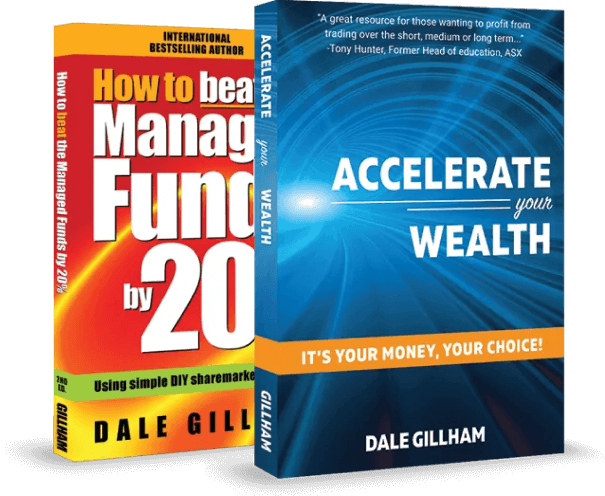Signs are Positive the Australian Economy is Stabilising

By Dale Gillham
There has been a lot of celebration over the last week following the resignation of Victorian Premier Dan Andrews, the respective grand final wins by Collingwood and Penrith and the RBA keeping interest rates on hold for another month.
The biggest celebration came from homeowners after the new Reserve Bank of Australia (RBA) Governor, Michelle Bullock, announced they would keep interest rates on hold at 4.1 per cent. She stated that the pause would “Provide further time to assess the impact of the increase in interest rates to date”.
What indicators are pointing to the economy stabilising?
Recent data on inflation indicates that while inflationary pressures on the price of goods are easing, the cost of many services is on the rise. That said, while the RBA believes inflation has passed its peak, it is still too high and will remain so for some time to come. They are anticipating that inflation will ease and gradually return to the target range of 2-3 per cent by late 2025.
The recent rally in oil prices has resulted in higher fuel prices which is challenging the RBA’s efforts to curb inflation. As Australia’s economy continues to grapple with below-trend growth, I believe we will continue to be in a period of caution until the full impact of interest rate rises has been realised.
There are four key areas that the RBA will monitor to guide its future decisions on interest rates, which include the global economy, household spending, the outlook for inflation and the labour market. On the last point, the unemployment rate is forecast to rise to around 4.5 per cent by late 2024, which may indicate that interest rates will drop as wage growth will be impacted.
Overall, the current situation is a positive sign as the Australian economy seems to be stabilising. If we can keep our trade relationships healthy, especially with China and manage any geopolitical events that arise, Australia will be well-placed for future growth. As our population increases, more people will enter the labour market, which will likely result in easing the cost of services.
I’m reminded that during these times, fortunes are made, as those who are wise buy good assets with a longer-term view. Essentially, they’re buying tomorrow's returns today, which is in stark contrast to the masses who continually try to buy yesterday's return.
What were the best and worst-performing sectors last week?
The best-performing sectors included Consumer Staples down 0.34 per cent followed by Financials down 0.45 per cent and Healthcare down 0.57 per cent. The worst-performing sectors included Energy down 6.60 per cent followed by Consumer Discretionary down 1.97 per cent and Industrials down 1.89 per cent.
The best-performing stocks in the ASX top 100 included Fisher and Paykel Healthcare up 3.55 per cent followed by Northern Star Resources up 3.25 per cent and NIB Holdings up 2.69 per cent. The worst-performing stocks included IGO down 12.64 per cent followed by Mineral Resources down 9.88 per cent and Allkem down 9.10 per cent.
What's next for the Australian stock market?
As expected, the All Ordinaries Index experienced its third week down in succession moving to a low of 7,062 points. This level is significant as it is a strong support level for the market and, as mentioned previously, my target price for the fall. That said, while the market may find support and start to rise again, this is not guaranteed.
While some levels are stronger than others, they are only a guide to where a stock or market may turn and so while we may see signs that the fall has ended in the next week or so, this still needs to be confirmed before we jump into the market. That said, we don’t buy the market we buy stocks, and some will lead the charge. If a stock you are watching triggers a buy, there is a good probability you will do well.
I say this because while we may see further falls below 7,000 points, I do believe the end of the move down is either here or very close. Either way, I believe October will close higher than it opened, but I do urge investors to exercise caution as we can’t control the market only our actions of buying and selling. Given this, it’s better to err on the side of caution rather than jump in early because you think will be better off in the future.
For now good luck and good trading.
Dale Gillham is the Chief Analyst at Wealth Within and international bestselling author of How to Beat the Managed Funds by 20%. He is also the author of the bestselling and award-winning book Accelerate Your Wealth—It’s Your Money, Your Choice, which is available in all good bookstores and online.






